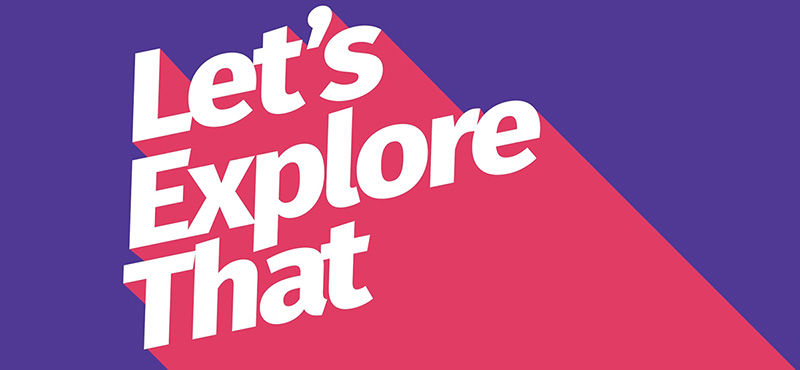As states prepare to receive historic federal broadband funding and broadband providers continue to expand their networks across the country, you might be wondering…how does cable internet work?
The bottom line: While getting homes and businesses online is a complex process, the most crucial component to expanding connectivity is what’s known as the “last mile.”
What is the Last Mile?
The “last mile” is what physically connects a home or building to a broadband provider’s network. In fact, you can see the last-mile infrastructure in your neighborhood or residential area – likely in the form of a wire running from a utility pole to home or business.
-
- The “last mile” is like the driveway that connects your home or building to the main road, where all the hustle and bustle is happening.
- Last-mile infrastructure brings data from the broadband network to your computer, phone, or other device and is key to achieving future-proof speeds.
Building the Network
The “last mile” is one of the network’s toughest and most expensive parts to build out. This is especially true in rural and remote regions with fewer people, far distances between homes and buildings, and challenging terrain.
Yes, but: Broadband providers have found creative solutions to reach these areas of the country and connect them to high-speed internet:
-
-
- One alternative to reach homes that are miles apart is fixed wireless technologies that use radio waves (also known as spectrum) to extend a signal miles beyond where the physical wires stop.
- Providers regularly collaborate with local governments, businesses, nonprofits, and community organizations to fund broadband expansion in hard-to-reach areas.
-
The Work Continues
Everyone deserves the chance to benefit from broadband and all the opportunities it brings.
With the allocation of federal broadband funding underway, we’ve never been closer to bridging America’s digital divide.
Take action: Join #ConnectivityCounts to ensure that state leaders use every dollar efficiently and effectively by:
-
-
- Prioritizing the unconnected: Invest in projects that will bring broadband to communities without any connectivity while taking measures to avoid unnecessary waste, fraud, and abuse.
- Partnering with experienced internet providers: Cable broadband providers have connected 82 million Americans to high-speed internet, including over 9 million in the last three years. States should leverage cable providers’ expertise, resources, and technology to get the job done right.
- Supporting broadband assistance programs: Internet assistance programs play a vital role in enabling millions of Americans to access broadband.
-
Together, through expansion, collaboration, and empowerment, we can connect all of America to high-speed internet, down to the last mile.
